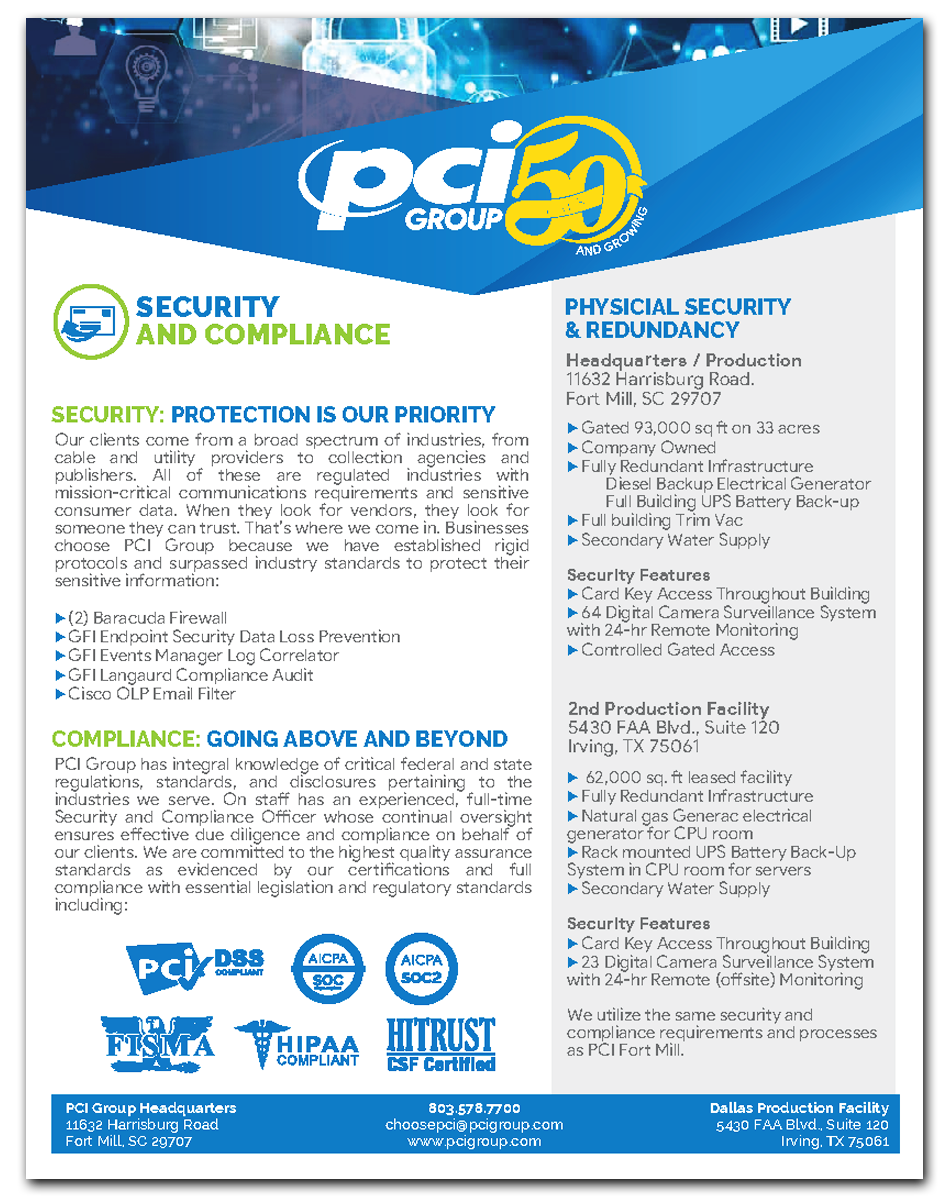
Cybersecurity continues to be a hot topic for any business. The threats are even greater for those who collect, store, share, and manage personal and confidential information. However, you still have to share that data with vendors that provide services for you. Unfortunately, they are often the weak link and the cause of breaches or incidents. So, what cybersecurity risks do you need to consider in 2023 when it comes to vendors?
Cybersecurity Risks: What Are the Current Trends?
Cybersecurity attacks are evolving, as technology infrastructure does. The pandemic accelerated the trend to use the cloud and allowed for more devices on networks. Additionally, the addition of more IoT (Internet of Things) sensors expanded the realm of what is hackable. Hackers were eager to capitalize on these scenarios. Some startling statistics include:
- Ransomware surged in 2021 at an increase of 105%.
- Businesses worldwide lose almost $1.8 million per minute due to cybercrime.
- Phishing accounts for around 90% of data breaches, and 86% of all companies have at least one person click on a harmful link.
One of the most concerning risks growing in prevalence is supply chain attacks. Cybercriminals focus their attack on vendors that have access to your data. The SolarWinds attack in early 2021 brought the threat to the mainstream.
While most organizations have risk management and mitigation strategies in place with vendors, you probably need to revisit them. Can you honestly answer that you trust your vendors with your data?
The risk of a cyber-attack won’t ever go away, but you can take precautions in your vendor risk management approach.
Vendor Risk Management Best Practices
In vendor risk management, you’re assessing how cyber resilient and thorough your partners are. You share data with them in many cases. They may also have integrations with your systems, so they are another endpoint to consider.
In the world of transactional print and mail, it’s a heightened state of data security vigilance. All the information you send contains personal and private information, much of which must follow compliance regulations. To build confidence, trust, and transparency with your suppliers for tasks such as these, you’ll want to follow these best practices.
Develop a Vendor Assessment Process
You’ll want to create a consistent process to assess vendors. Also, you shouldn’t just evaluate them once. It should be at least an annual exercise. You’ll want to ask them key questions about their data security protocols, including how they monitor and respond to threats. Require that they be very detailed in how they protect your data through every step, from receipt to project completion.
Conduct Surprise Audits
In between assessments, you can also perform audits. While you have to give vendors some notice, the element of surprise means you see how operations really run. Hopefully, you catch them doing things right. Whatever the outcome of these audits, meet with your vendor to go over what you were glad to see and what you witnessed that has you concerned.
 Define the Security Protocols You Expect
Define the Security Protocols You Expect
Your supplier works for you, so you have the power to set best practices regarding cybersecurity risks. Some of these will be in line with regulatory compliance; others may be specific to your industry or company. Go over these with your print and mail provider to ensure everyone’s on the same page.
Discuss Business Continuity
If a cyber-attack happens, how long will your vendor be down? Much of this depends on their redundancy and backup practices. In the case of ransomware, hackers hold data for “ransom.” Without a separate backup of this, data is inaccessible. Not only would you be dealing with a possible breach fallout, but operations would halt. Talk to your partners about how they protect against this with business continuity.
Ask About Physical Security
You need security in the real world, too. In the case of print and mail, there are physical elements that continue confidential information. If an unauthorized person could access this, it could create a breach, as well. Determine how your supplier limits access to these areas and their entire perimeter security practices.
Cybersecurity Risks Won’t Fade, Be Sure You Have Security-Minded Partners
Your business can never completely eliminate cybersecurity risk. As networks grow and become more complex, so do threats. You’ll need to look outside your four walls to create a culture of security, which means working with those with a dedicated focus on this. Depend on PCI Group to be a security-minded partner for your print and mail services. Learn more about our approach to security today.


